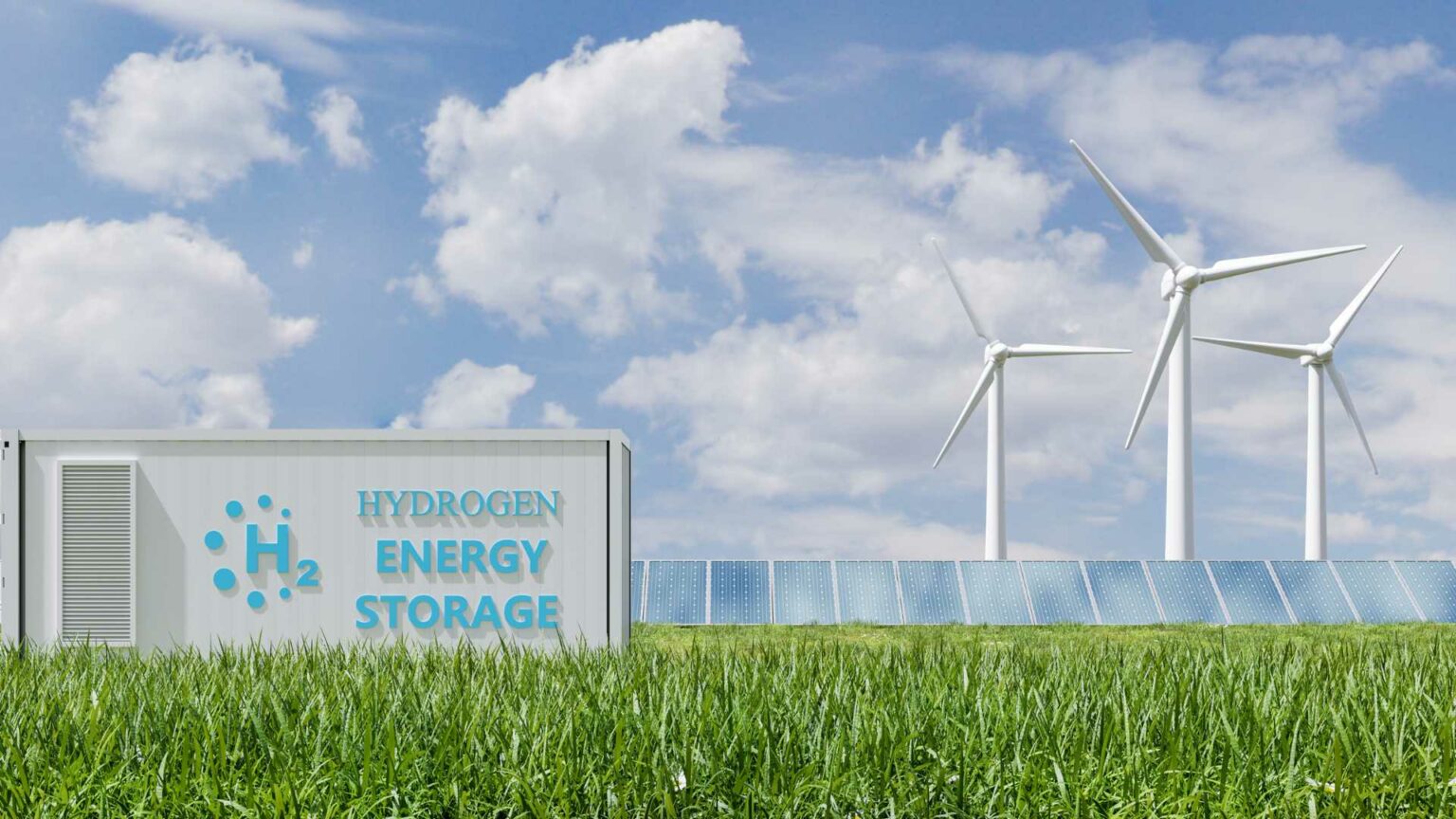A recent report by RenewableUK advocates updating the planning system to accelerate the integration of offshore wind farms with battery energy storage systems (BESS) and green hydrogen projects.
The report, Offshore Wind Co-Location: Integrating Offshore Wind with Flexibility, highlights the potential benefits of shared grid infrastructure, which could enhance efficiency, cut costs, and bolster energy security in the UK.
As the UK moves forward with its ambitious renewable energy goals, it is crucial to integrate flexible energy solutions with offshore wind power. The report predicts offshore wind will be central to the future energy system, with capacity expected to rise to between 81.4GW and 102.6GW by 2050. However, without significant investment in storage and transmission, renewable power can be wasted because of curtailment issues. In Scotland, balancing offshore wind development with local demand is challenging. Since the offshore wind capacity surpasses the regional energy consumption, co-located storage solutions are essential for efficient power transmission to demand centers in England and beyond.
The report outlines the challenges developers face in combining battery storage and green hydrogen production with offshore wind. Currently, only 3MW of battery storage operates alongside offshore wind in UK waters, with an additional 600MW approved for future deployment. Several developers are exploring integrating green hydrogen solutions into their projects.
The report emphasizes energy storage’s role in ensuring grid stability and maximizing renewable energy usage. While batteries offer short- and long-term energy storage, green hydrogen—produced using surplus renewable power—provides a flexible solution for managing electricity supply and demand fluctuations. These technologies can help address curtailment issues and ensure a steady supply of clean power.
The report presents several policy recommendations directed at the UK government, Ofgem, The Crown Estate, Crown Estate Scotland, and local planning authorities. Key suggestions include reforming Contracts for Difference (CfD) auctions to incentivize co-location of offshore wind with energy storage, streamlining planning processes by allowing simultaneous consent for offshore wind and energy storage projects, and improving grid connection efficiency by better utilizing existing infrastructure.
Stay updated on the latest in energy! Follow us on LinkedIn, Facebook, and X for real-time news and insights. Don’t miss out on exclusive interviews and webinars—subscribe to our YouTube channel today! Join our community and be part of the conversation shaping the future of energy.
